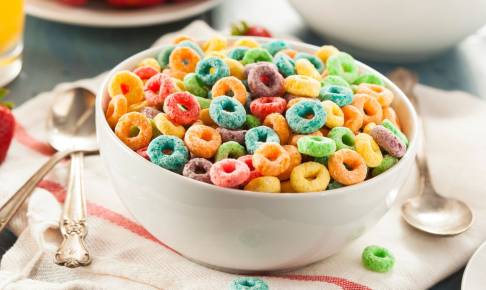Evaluation of UK industry attitudes towards the prospect of the introduction of allergen-threshold legislation
While consumers around the globe have gradually lost trust in poorly-applied precautionary allergen labelling (PAL) schemes, the UK food industry appears to be willing to embrace the new allergen approach utilising allergen thresholds.
Introduction
Food allergies are a significant problem, with an estimated 20 million sufferers in Europe alone, the annual economic impact on European health care systems is estimated at €55 billion (Verhoeckx et al. 2020).
The food industry and legislative bodies go to great lengths to attempt to control allergens during the manufacturing of food for human consumption. In an attempt to alleviate accidents occurring as a result of unintended allergen presence (UAP), precautionary allergen labelling (PAL), often referred to as ‘may contain’ labelling, was adopted (DunnGalvin et al. 2015). Unfortunately, the rules around PAL are generic and subject to interpretation by the industry. This has led to inconsistencies where many products with PAL do not contain the implicated allergens while, on the other hand, products with allergens at levels capable of inducing allergic reactions have been found (DunnGalvin et al. 2015; Remington et al. 2015). These inconsistencies have led to a loss of credibility and consumer trust in PAL because it was not able to facilitate informed consumer choice (DunnGalvin et al. 2019).
To address some of the issues above, a new approach has been taken by countries like Australia or Japan which regulate the allergen levels required to trigger PAL. These levels are referred to as “allergen thresholds” and are defined as “minimum allergen concentrations present in food which trigger a reaction in a sensitized person” (DunnGalvin et al. 2019). Both the European Union and the UK have taken a more conservative approach and, so far, they are reluctant to adopt an approach similar to that of Australia or Japan.
Legal Position
Currently, the legal framework for declaring allergens in food products is prescribed by Regulation (EU) No 1169/2011 on the provision of food information to consumers in Annex 2 which defines the list of allergens (European Parliament and the Council 2011). The regulation focuses primarily on cases where allergens are deliberately placed in products as ingredients. The aspect of unintended allergen presence (UAP) remains widely unregulated and remains a significant issue for food manufacturers and consumers.
Impact of UAP
The UAP is covered by the food manufacturing industry via several voluntary schemes driven mainly by retailers attempting to limit brand exposure to negative publicity while also attempting to provide a level of due diligence.
The use of various schemes and types of statements led to a wide proliferation of PAL in a number of countries. A consumer study in Australia revealed that 65% of all edible goods in one of the supermarkets surveyed contained some form of precautionary labelling (Zurzolo et al. 2012). Overuse of PAL by the food industry inadvertently led to severe restrictions in dietary choices for allergen sufferers (Sheth et al. 2010). The ever-increasing use of PAL and a lack of understanding among consumers led to increased risk as consumers began to disregard the labelling (Barnett et al. 2011).
Decreasing those risks by tackling the uncertainty was identified as a priority b
Download content now





















